Jim Stimson reports on 5.17.18
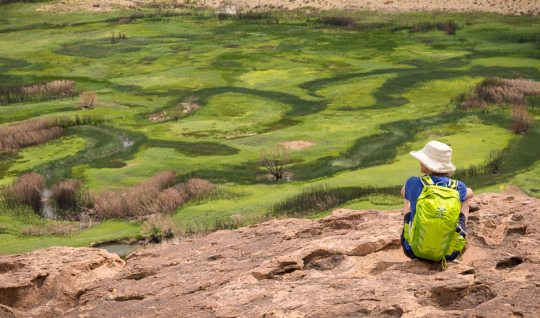
‘Tis the season for spawning cutthroats coming out of Crowley Lake. Please do not cast to fish that are sitting on redds. Also, if you need to cross the river, look for those lighter colored areas in the gravel beds and avoid them. These are their redds and are loaded with thousands of cutthroat eggs. Although it is really tempting to fish for large, colored up trout sitting in the shallows, they are trying to lay and fertilize eggs on the river bottom. These fish are the future, leave them be, give them some distance and respect. There are plenty of other trout that are not spawning. Try casting into the deeper buckets… you might be surprised what you will find.
East Walker
235 cfs! Perfect! You can expect the flows to fluctuate this spring and they will most likely climb in the near future. The reservoir is full so they need to bleed off water to keep ahead of the spring runoff just around the corner. I think this will be the story throughout May. My favorite flows are in the 200-250 cfs range, the fishing isn’t a “gimme.” The water is high enough that you need to be careful where and how you wade, yet it is not death defying. The trout are grabbing black zebra midges (small) in the morning, then as the temperatures warm up look for BWO’s and PMD’s to make an appearance. If this isn’t confusing enough, there is the odd caddis and yellow sally cruising around. With higher flows I like to use attractor patterns like copper johns or prince nymphs for my upper fly, then dangle the bug-du-jour as the point fly. Presentation is everything — if you are not getting a drag free drift you will get rejected. A lot of Sacramento perch get washed into the river from the reservoir above so try hucking some big, light colored streamers into the “toilet bowl.” There can be some mega sized browns lurking in that turbulent water waiting for stunned perch to get washed into the river.
West Walker
This river flows have been fluctuating with the rain, snow, and now warm temperatures from the last couple of weeks. The readings are at 895 cfs. These flows are very high…. I would give the river some time to settle back down.
Hot Creek
The creek is flowing through the canyon at 60 cfs and I would expect this to rise as the warm temperatures start melting the snowpack.
Target your casts to the feeding lanes between the grasses and rocks. You may not see fish, but they are there. If you are nymphing, try a San Juan or a Hot Creek caddis. Streamers have also fooled some nice trout. There are lots of hatchery fish cruising around making the grabs, but every once in awhile, you can fool one of the old, wily browns. Keep grinding away.
Upper Owens River
The flows are gradually moving up and sit at 106 cfs but these are readings that are taken high in the river system. Once Hot Creek dumps into the mid-section the flows are closer to about 160 cfs and off color. The entire river system is open now, from Big Springs to the reservoir.The big rainbows like the security of the deep, slower moving, opaque water. Pink or red San Juans, egg patterns, and red/black leeches, have all been working. You can either swing the leeches or dead drift them through the deeper buckets. I have been pinning some nice fish with pink San Juans as an attractor, with a small midge pattern as the point fly.
Lower Owens River
** The cutthroats are beginning their push into the river system now. Make sure if you see these fish be aware that their spawn is beginning. Look for their redds (light, discolored areas within the gravelly river bottom) and wade elsewhere. Also, do not disturb the spawning fish. I know this sounds crazy but I have seen many anglers casting to spawning cutthroats, even trying to foul hook a fish by stripping in their line and bugs over the backs of the trout. Give these fish some respect — they are trying to produce more offspring and with a little diligence we can all benefit from a healthy, productive fishery down the road.
The Lower Owens has reopened after the big range fire that roared down the river corridor. It is amazing how quickly the valley floor has come back to life: grasses, tule, cattails, willow, and the cottonwoods are all a vibrant green. The flows are about 323 cfs, which is on the high side for safe river crossings. Err on the side of caution when wading and make sure your waist belt is snug in case you go for a swim.
Keep your eyes peeled for a noon time hatch of bwo’s. There is a narrow window of opportunity for hucking dry flies, usually for about an hour or so. Watch for the appearance of birds feeding along the river. They can spot a hatch well before we can. If all goes well, snouts begin appearing along the foam lines in the river. Then, cast away…. usually something sized 18-20, blue-gray in color, in the mayfly family will get some nice splashy grabs. Have fun! With the big brush fire we had a couple of weeks ago, access is much easier. A lot of the tules are gone and the willow have been thinned. The river corridor has an apocalyptic look and feel, but the river itself is running clear and fishy. New grass growth is already appearing, the river should recover quickly.
Jim Stimson Fly Fishing
760.209.4300 (cell)
Email:
Website:
Read more
John Richard reports on 5.10.18LakesEarly in the mornings and at the last hours of the day you can find some sensational Bass and Panfish fishing in our area’s lakes and ponds. Poppers, Mice, Crawf...
Anthony Carruesco reports on 5.17.18 Upper Sac Spring fishing in the North State is firing on all cylinders right now. The weather is beautiful, the bugs are hatching and the fish are chowing. Th...



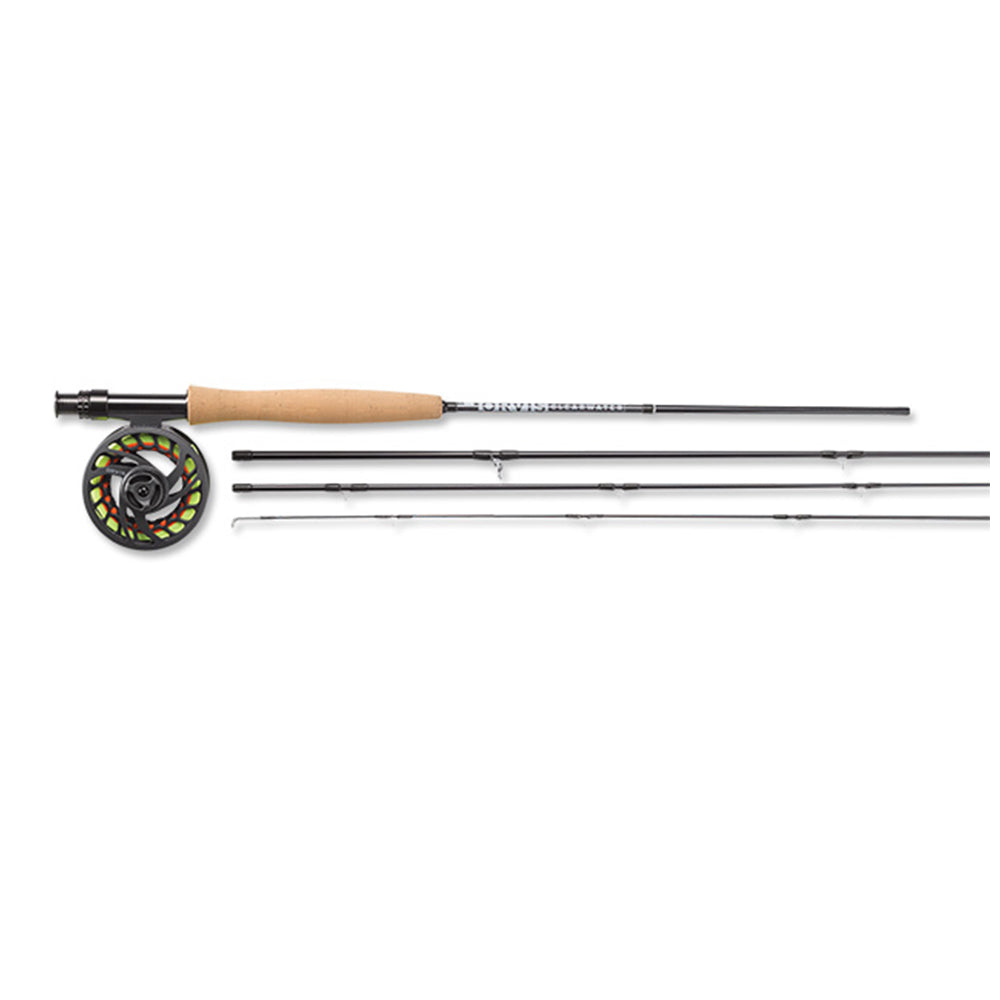





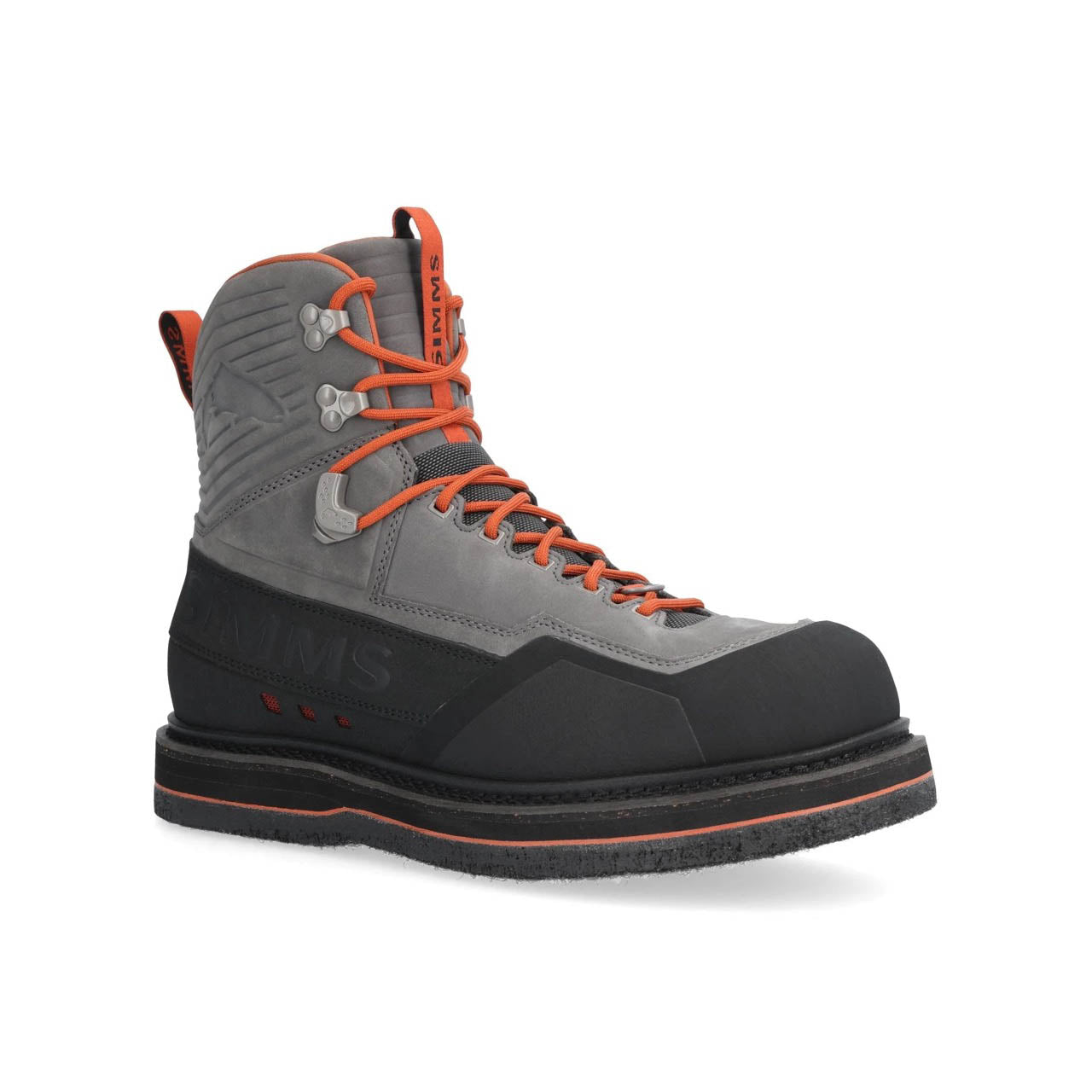








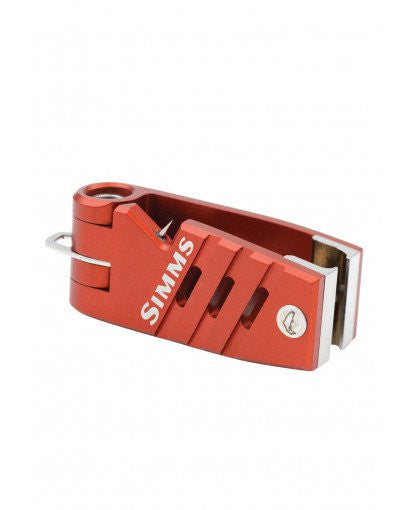
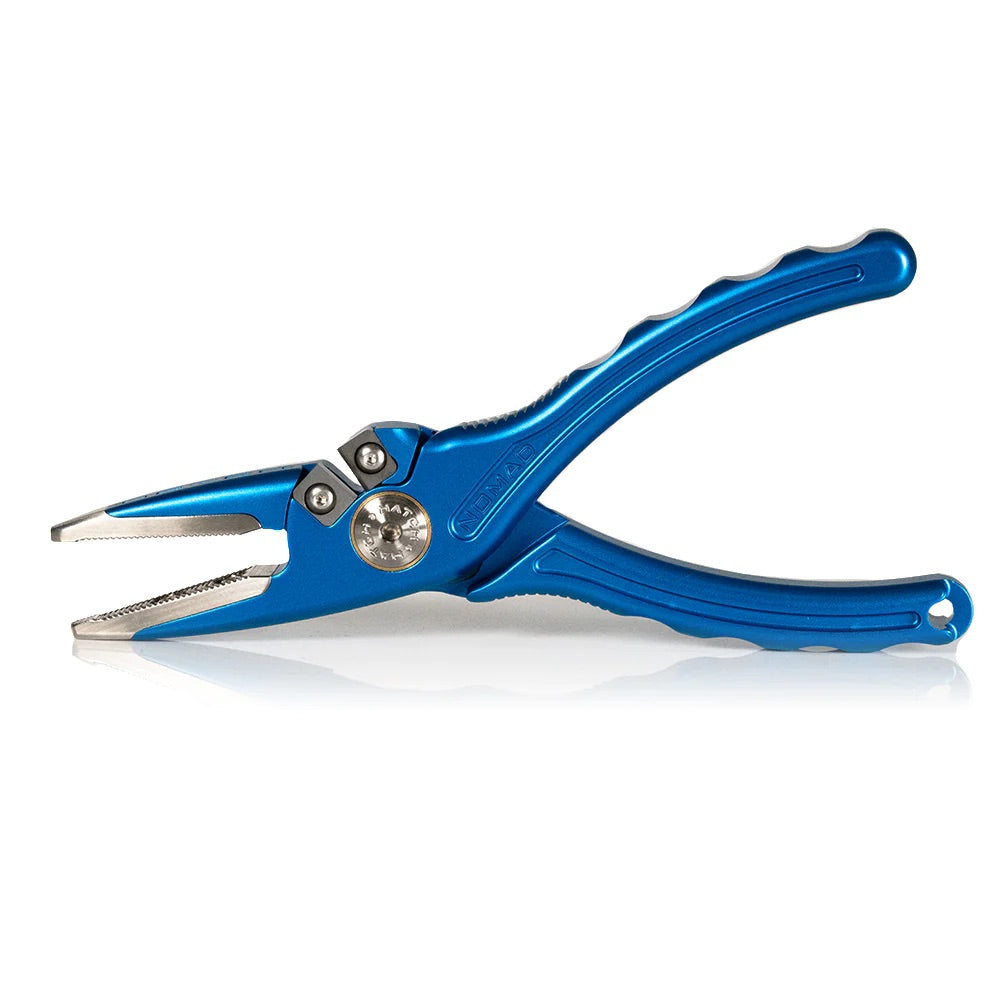








Leave a comment
All comments are moderated before being published.
This site is protected by hCaptcha and the hCaptcha Privacy Policy and Terms of Service apply.